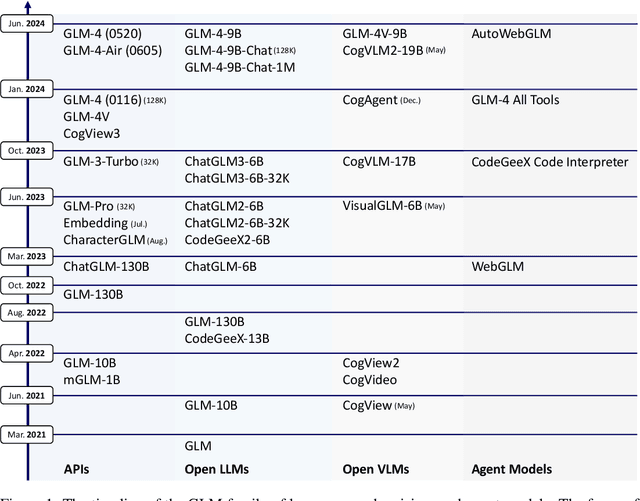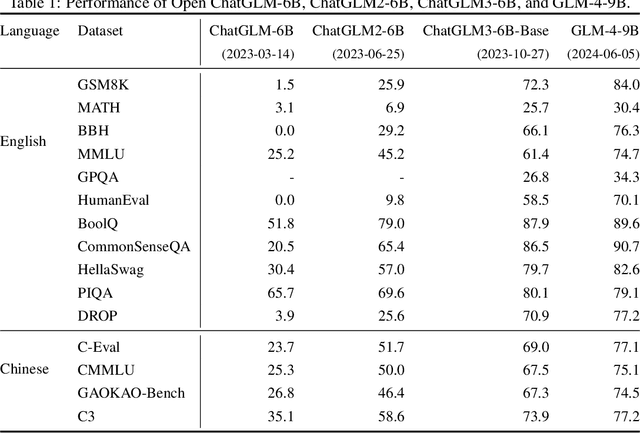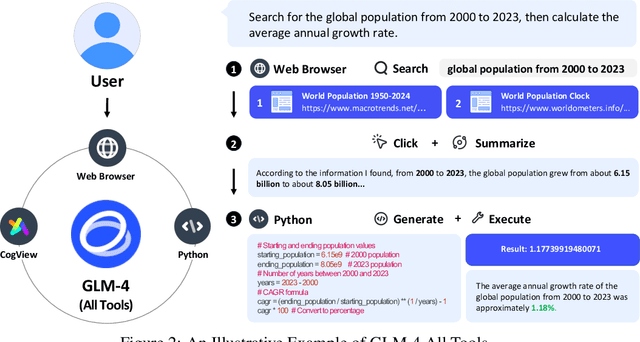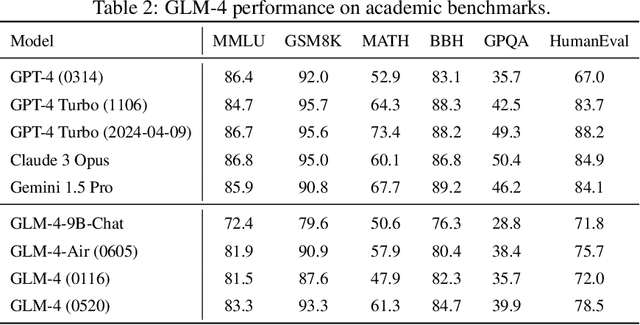Lindong Wu
Benchmarking Complex Instruction-Following with Multiple Constraints Composition
Jul 04, 2024



Abstract:Instruction following is one of the fundamental capabilities of large language models (LLMs). As the ability of LLMs is constantly improving, they have been increasingly applied to deal with complex human instructions in real-world scenarios. Therefore, how to evaluate the ability of complex instruction-following of LLMs has become a critical research problem. Existing benchmarks mainly focus on modeling different types of constraints in human instructions while neglecting the composition of different constraints, which is an indispensable constituent in complex instructions. To this end, we propose ComplexBench, a benchmark for comprehensively evaluating the ability of LLMs to follow complex instructions composed of multiple constraints. We propose a hierarchical taxonomy for complex instructions, including 4 constraint types, 19 constraint dimensions, and 4 composition types, and manually collect a high-quality dataset accordingly. To make the evaluation reliable, we augment LLM-based evaluators with rules to effectively verify whether generated texts can satisfy each constraint and composition. Furthermore, we obtain the final evaluation score based on the dependency structure determined by different composition types. ComplexBench identifies significant deficiencies in existing LLMs when dealing with complex instructions with multiple constraints composition.
ChatGLM: A Family of Large Language Models from GLM-130B to GLM-4 All Tools
Jun 18, 2024



Abstract:We introduce ChatGLM, an evolving family of large language models that we have been developing over time. This report primarily focuses on the GLM-4 language series, which includes GLM-4, GLM-4-Air, and GLM-4-9B. They represent our most capable models that are trained with all the insights and lessons gained from the preceding three generations of ChatGLM. To date, the GLM-4 models are pre-trained on ten trillions of tokens mostly in Chinese and English, along with a small set of corpus from 24 languages, and aligned primarily for Chinese and English usage. The high-quality alignment is achieved via a multi-stage post-training process, which involves supervised fine-tuning and learning from human feedback. Evaluations show that GLM-4 1) closely rivals or outperforms GPT-4 in terms of general metrics such as MMLU, GSM8K, MATH, BBH, GPQA, and HumanEval, 2) gets close to GPT-4-Turbo in instruction following as measured by IFEval, 3) matches GPT-4 Turbo (128K) and Claude 3 for long context tasks, and 4) outperforms GPT-4 in Chinese alignments as measured by AlignBench. The GLM-4 All Tools model is further aligned to understand user intent and autonomously decide when and which tool(s) touse -- including web browser, Python interpreter, text-to-image model, and user-defined functions -- to effectively complete complex tasks. In practical applications, it matches and even surpasses GPT-4 All Tools in tasks like accessing online information via web browsing and solving math problems using Python interpreter. Over the course, we have open-sourced a series of models, including ChatGLM-6B (three generations), GLM-4-9B (128K, 1M), GLM-4V-9B, WebGLM, and CodeGeeX, attracting over 10 million downloads on Hugging face in the year 2023 alone. The open models can be accessed through https://github.com/THUDM and https://huggingface.co/THUDM.
SafetyBench: Evaluating the Safety of Large Language Models with Multiple Choice Questions
Sep 13, 2023Abstract:With the rapid development of Large Language Models (LLMs), increasing attention has been paid to their safety concerns. Consequently, evaluating the safety of LLMs has become an essential task for facilitating the broad applications of LLMs. Nevertheless, the absence of comprehensive safety evaluation benchmarks poses a significant impediment to effectively assess and enhance the safety of LLMs. In this work, we present SafetyBench, a comprehensive benchmark for evaluating the safety of LLMs, which comprises 11,435 diverse multiple choice questions spanning across 7 distinct categories of safety concerns. Notably, SafetyBench also incorporates both Chinese and English data, facilitating the evaluation in both languages. Our extensive tests over 25 popular Chinese and English LLMs in both zero-shot and few-shot settings reveal a substantial performance advantage for GPT-4 over its counterparts, and there is still significant room for improving the safety of current LLMs. We believe SafetyBench will enable fast and comprehensive evaluation of LLMs' safety, and foster the development of safer LLMs. Data and evaluation guidelines are available at https://github.com/thu-coai/SafetyBench. Submission entrance and leaderboard are available at https://llmbench.ai/safety.
 Add to Chrome
Add to Chrome Add to Firefox
Add to Firefox Add to Edge
Add to Edge